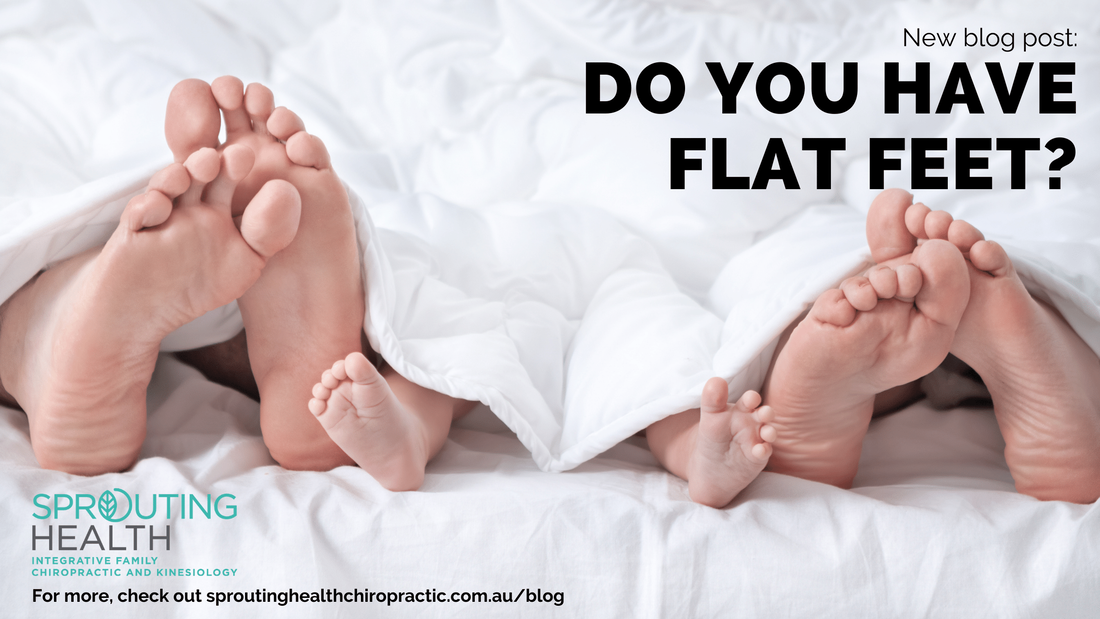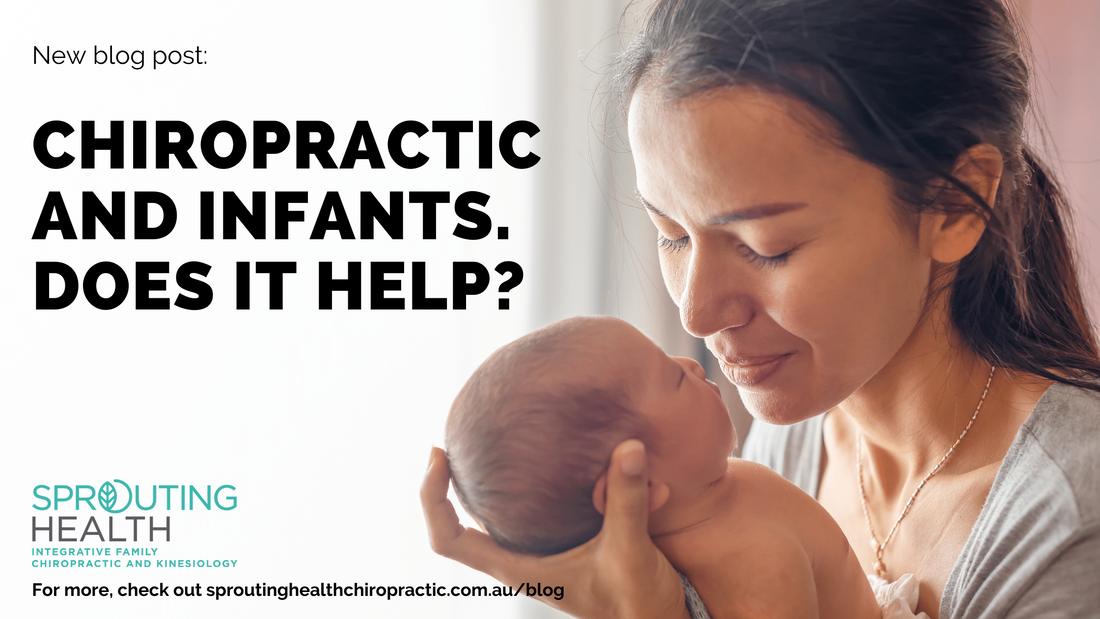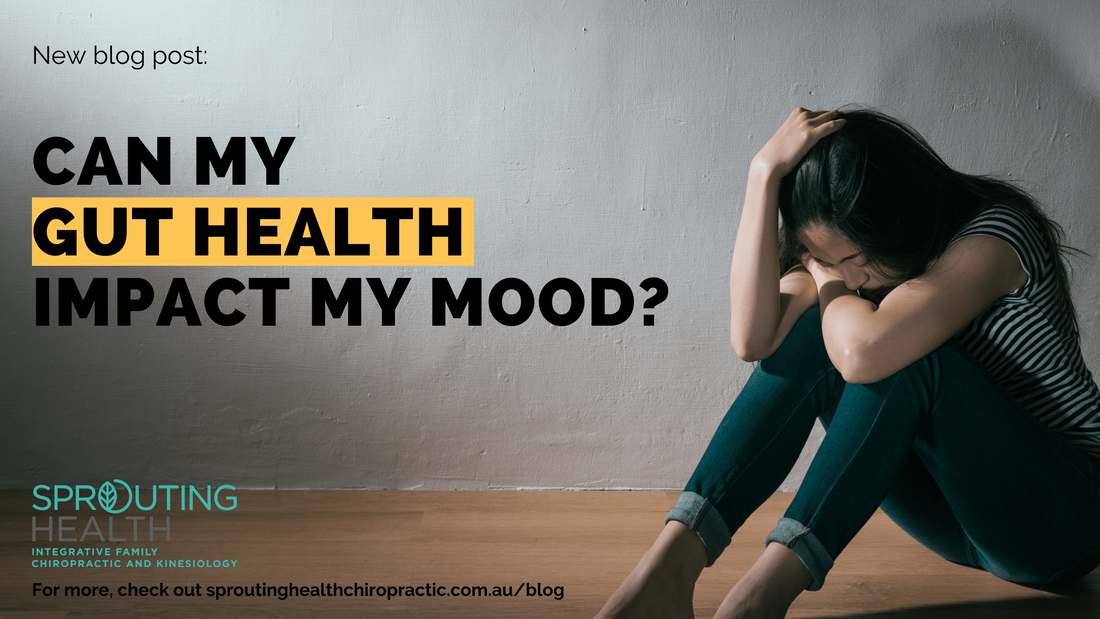|
Academic performance, is it influenced by good balance in our children? In a day and age when our lives have been consumed by more and more technology, have we left an important aid in learning lying dormant as an afterthought and not given it enough credit? Recent research indicates we should be encouraging exercises that challenge postural stability in our young children, especially in combined nature. Our brain shares elements of sensory and movement origins related to cognition and therefore overlapping brain networks may influence pre-adolescent children’s learning (1). To simplify - this means that movement and sensation hugely affects our learning. Although requiring more research, it has been suggested that promoting sustained moderate level physical activity and cardio respiratory fitness alongside games and exercises (which challenge our dynamic postural stability system) is well supported for primary school children and ongoing learning enhancement (2-4). Therefore use your balance and move in challenging ways to maximize your learning ability. At Sprouting Health we are big advocates for engaging in continued physical activity and movement activities that challenge your balance system. We assess and support people in making sure their body is functioning at the most optimum level possible to achieve this in an ongoing basis in these areas. REFERENCES
0 Comments
Is chiropractic care safe? While those without experience can say that adjustments may sometimes look a bit scary, chiropractors are using skill (not force or strength) to deliver highly specific adjustments as needed. As well as these adjustments, other various types of manual therapy and low force interventions may be used where appropriate. Chiropractic care has a very low risk of injury, especially when compared with more invasive methods of spinal healthcare. We like to gently “unwind” you here at Sprouting Health, not force things into place. What IS a chiropractic adjustment? A chiropractic adjustment is the application of a specific force in a precise direction, applied skilfully to a spinal joint that is fixated/restricted, “locked up”, or not moving as it should. This can help improve or restore motion to the joint, helping the spine to gradually regain more normal motion and function. There are many ways to adjust the spine. Usually the chiropractor’s hands or a specially designed instrument delivers a brief and highly-accurate thrust. Some adjusting methods are quick, whereas others require a slow, constant or indirect pressure. Restoring better spinal function can help improve mobility and decrease pain. At Sprouting Health, we use a variety of assessment methods to identify where you need to be adjusted and the best modality of doing so, tailored specifically for your body. Do chiropractic adjustments hurt? While brief discomfort after an adjustment can occur, it is rare and most people find having an adjustment very relaxing. With some adjustments you may sometimes feel or hear a popping sound from the spinal joints. This is simply caused by a change in pressure in the joint as spinal movement is improved - the noise is similar to when you click your tongue off the roof of your mouth. Some chiropractors use a hand-held instrument to adjust the spine while others use wedges or blocks to help realign part of the body. Whatever the technique, chiropractors use skill, not force or strength, to care for people with a high degree of safety compared to other modalities. Am I too old/young/injured/etc for chiropractic care? Chiropractic care is not a ‘one size fits all’ healthcare option. Chiropractors carefully assess each patient individually and tailor their care accordingly. By using a variety of non-surgical techniques, such as specific spinal adjustments, manual therapy, and soft tissue techniques, chiropractors offer a drug-free, hands-on approach to spinal healthcare. There is no age limit on chiropractic care, in fact more and more people are consulting chiropractors, especially in their later years. In order to deliver the safest, most effective and highest quality care possible, chiropractic techniques are modified appropriately for each person at every age and stage of life. Here at Sprouting Health, we perform thorough examinations to ensure we are providing you with the best treatment for your body and your complaints. If you have any questions, just ask! How are chiropractors qualified and regulated? Australian chiropractors are highly qualified healthcare professionals who study at university for a minimum of five years and are government regulated and registered. Like all other registered healthcare providers, chiropractors adhere to National Law and profession specific codes of conduct and guidelines. At Sprouting Health, we never stop training and working to improve our clinical skills. All chiropractors must undertake continuing professional development every year to maintain registration, constantly learning and staying current with the latest research so that we are able to provide you with the best care possible. References
Hawk, C., Schneider, M. J., Haas, M., Katz, P., Dougherty, P., Gleberzon, B., Killinger, L. Z., & Weeks, J. (2017). Best Practices for Chiropractic Care for Older Adults: A Systematic Review and Consensus Update. Journal of manipulative and physiological therapeutics, 40(4), 217–229. https://doi.org/10.1016/j.jmpt.2017.02.001 Herzog W. (2010). The biomechanics of spinal manipulation. Journal of bodywork and movement therapies, 14(3), 280–286. https://doi.org/10.1016/j.jbmt.2010.03.004 2 Seconds to Check If You Have a Flat Foot!
Let’s look into what our feet do for us and how important they are to us. Flat foot in our society might be more prevalent than you think! Combining different study findings, the percentage of flat foot seen in children aged 2-6 is 21%-57% and up to 14% in adult populations.(1) The feet and ankle are important to support our daily activities. What could happen if you are putting extra stress into your lower limb joints every step when we walk or do exercise? As its name suggests, flat foot is a collapsed foot arch when our foot touches the ground (stance phase) in gait. We can imagine the middle rock taken out from an arch bridge and it collapses. In most flat foot sufferers, one of our bone’s called the talus in our mid-foot is found to be shifted forward. This becomes mobile and unlocks the foot arch.(2) Studies have shown that people suffering from flat feet can expect to see excessive foot pronation (rolling in), knee rolling inwards, internal rotation of hip and compensatory back problems.(3) That is one reason why some people get pain in their heel, get tired quicker on their feet when shopping or walking. Another study found other comorbidities such as male gender, BMI, office worker, bunion, calluses and arthritis in flat foot sufferers.(4) It is very easy to identify a flat foot! If you can fit one to one and a half fingers underneath your foot arch, you are not a flat foot sufferer! If you could not fit two fingers in your foot arch, it is a good idea to see a podiatrist, as well as a musculoskeletal professional to check out your potential lower limb and back compensatory change! If you or your love ones failed the test, speak to our chiropractors in Sprouting Health and see how we can help manage your issues! Over the last few years, there have been many that have questioned whether chiropractic care is safe and effective for kids. Have you ever wondered about this question? Do infants and kids benefit from a chiropractic check-up and care? This is an important article that could give you a bit of an insight. “Infants are common users of chiropractic care” (1-3) Lots of infants see Chiropractors every year, is it because of medical referrals? Or is it because of word of mouth referrals? With most common spinal issues, there is evidence that chiropractic may help maintain and manage those problems. How about care for infants? There are scientific papers that favour Chiropractic care for infants, but like all research there needs to be more to create a greater scientific/medical consensus. However, perhaps one group of critics are usually forgotten among these discussions, the ones who knows the infants’ best; their mothers. In a recent research literature, reports by mothers of their infants’ conditions before and after a trial of chiropractic care was looked at. It was reported that on average, mothers reported that chiropractic care for their infants was effective, safe and cost-effective. So on average the changes observed in their infants were positive and may be clinically relevant, though more research needs to be done to have a bigger study size as only 1092 mothers completed follow up forms. (4) If you want to find out if chiropractic may support you or your loved ones’ infant, chat with one of our chiropractors to see if they can assist. “With so much changes within the early stages of life, it’s important to make sure that everything is functioning well to assist them with their development process!” References
(1)Hestbaek L, Jørgensen A, Hartvigsen J. A description of children and adolescents in Danish chiropractic practice: results from a nationwide survey. J Manipulative Physiol Ther. 2009;32(8):607-615. (2) MillerJ.Demographicsurveyofpediatricpatientspresentingto a chiropractic teaching clinic. Chiropr Osteopat. 2010;18:33. (3) Allen-Unhammer A, Willson FJH, Hestbaek L. Children and adolescents presenting to chiropractors in Norway: National Health Insurance data and a detailed survey. Chiropr Man Therap. 2016;24:29-38. (4) Miller, J.E., Hanson, H.A., Hiew, M., Kwong, D.S.L.T., Mok, Z. and Tee, Y.H., 2019. Maternal report of outcomes of chiropractic care for infants. Journal of Manipulative and Physiological Therapeutics, 42(3), pp.167-176. While we have talked about the importance of gut health before, we keep coming back to it because it can have such a profound impact on your health. Not just for your digestion, but also for your physical and mental wellbeing. (1-4) How is it that addressing my gut health can help my wellbeing, you ask? Well the answer to this is not as simple as we would like, so let’s talk about a couple of potential issues. Ultimately, we are looking at the relationship between our gut and our brain, this is known as the gut-brain-axis. Your gut is involved in the production of serotonin, one of your feel-good hormones and is a precursor for melatonin. (1) It has connections with your immune system as well as a huge connection with our nervous system through the vagus nerve. (3) These can affect your brains ability to regulate mood signalling, emotional regulation, and even our sensitivity to stress. (1-4) The gut-brain-axis is heavily influenced by the flora and microorganisms, microbiome, living in your gut. (4, 5) There is a delicate balance in play here between all the different microorganisms, and research has shown that these are out of balance in some patients with depression. Things like antibiotics, pathogens and foods have been shown to impact and change the delicate balance of the microbiome. In fact, research has also shown that gut infections can cause anxiety. (4-8) Conditions such as depression and anxiety are multifactorial, and as such it is best to get to the root cause(s) for the best possible outcomes. Addressing gut health is an important step for a lot of people, but not everyone is going to have all their symptoms resolve completely through healing the gut alone. This is why we at sprouting health treat holistically and refer to appropriate services where necessary. REFERENCES
|
AuthorBlogs by the team at Sprouting Health Archives
July 2024
Categories |






 RSS Feed
RSS Feed
